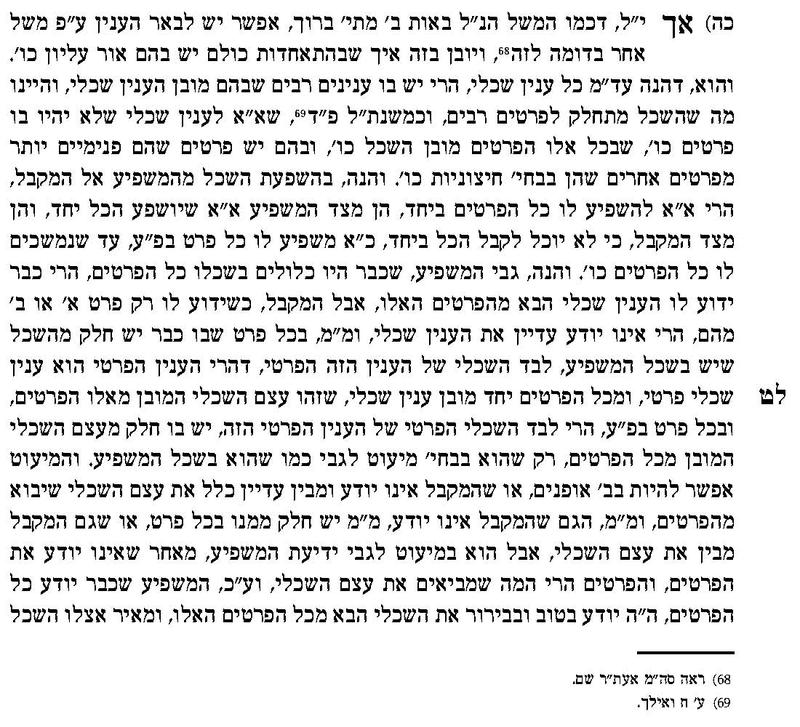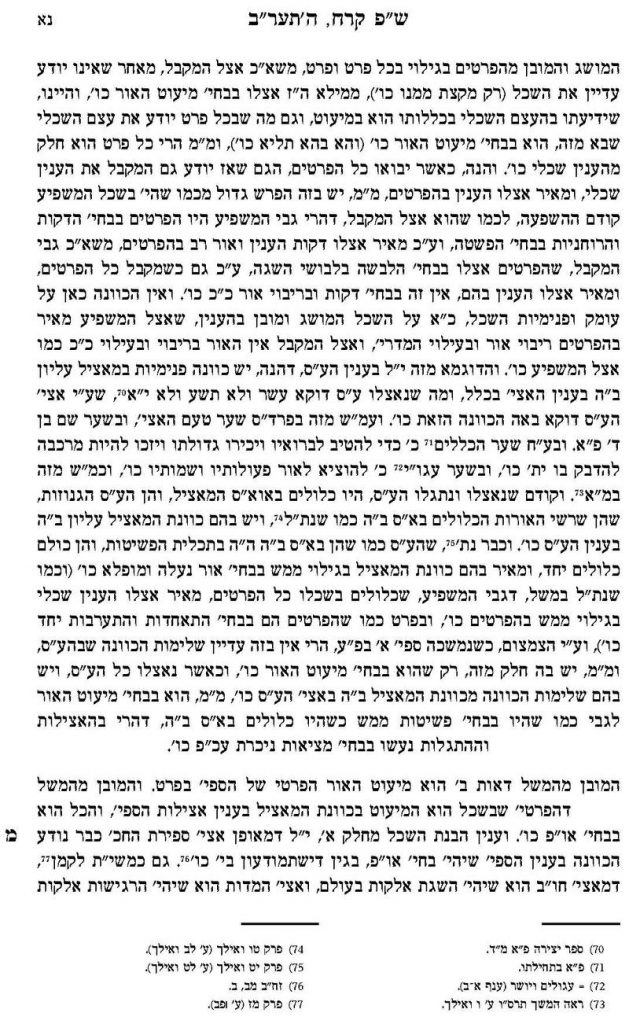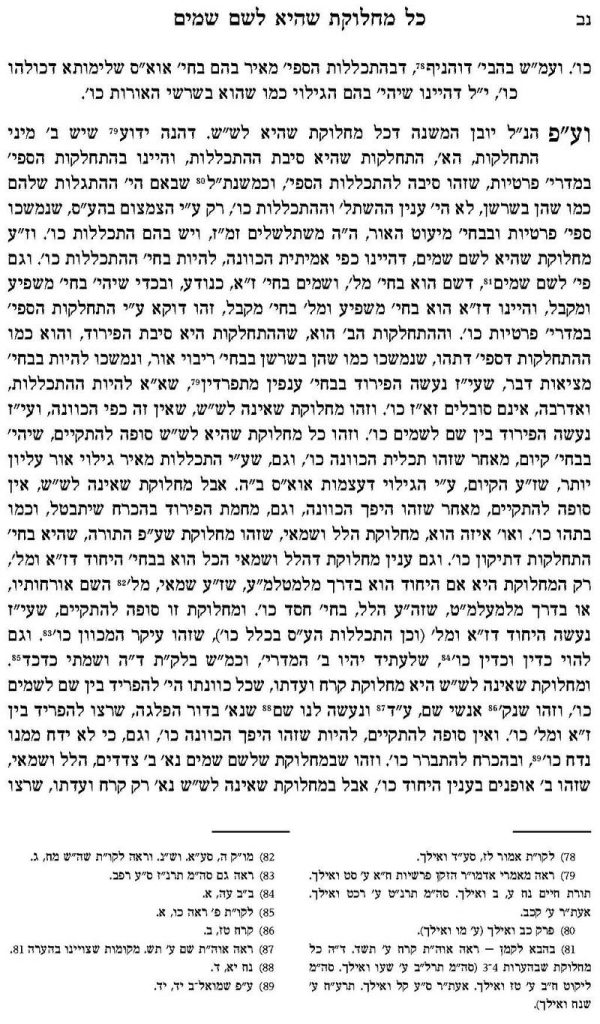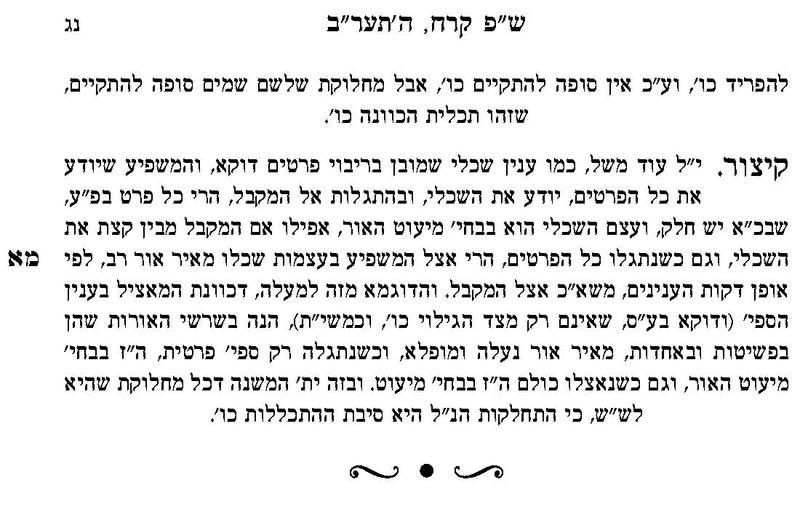AYIN BEIS | Existence Unplugged
Chapter 25 (part 2): Division and Interconnectivity
Short Summary
Two types of diversity: 1) Leading to interconnectivity, 2) Leading to divisiveness.
Long Summary
There are two types of diversity (hischalkus): 1) One leads to and is the cause of interconnectivity (hiskalilut). 2) the second is the cause of and leads to divisiveness (pirud).
This explains the Mishne which distinguishes between an argument that is for the sake of heaven (l’shem shomayim), which will endure, and one that is not for the sake of heaven, which will die. The former — the argument between Shammai and Hillel — is a division (resulting from the diminished state of light of the sefirot compared to their root in the ten hidden sefirot) that is aligned with its true purpose (for the sake of heaven): interconnectivity (of the sefirot of Atzilus); harmony within diversity. And it is l’shem shomayim — integrating malchut, the recipient (shem) and z”a, the transmitter (shomayim), with the difference being whether this is from the bottom up (Shammai) or from the top down (Hillel). It therefore endures, being aligned with the divine purpose. In stark contrast, the argument of Korach and his gang is the latter division, of Tohu (where the energy shines intensely as it is in its source), which leads to divisiveness (separating between shem and shomayim), and thus cannot endure.
Hebrew Text




Concepts
Revealed and Hidden Sefirot.
Analysis/Compendium
Tohu essentially is a distorted version of the ten hidden sefirot manifesting without structure and order that results from a misaligned diminishment of these energies. Tikkun (Atzilus) on the other hand corrects this flaw through the proper balanced diminishment of the ten hidden sefirot, allowing the energies to fulfill their true purpose and manifest inside containers, and then join in one symbiotic and interconnective web, reflecting divine unity and completeness.
Though not mentioned specifically, this discussion is clearly related to the earlier explanation (in chapter 13) of Shammai and Hillel as Chesed and Gevurah of Atzilus, which are both rooted in the abstract concept (of their teachers), which allows them to, at times, exchange roles. But as explicitly stated there, the discussion there is specifically not about hiskalilus (interconnectivity), but about the ethereal state of the idea in its root, as it precedes diversity. Whereas here is is speaking about interconnectivity that follows diversity.
An additional point: Here he adds the point that Shammai’s perspective (gevurah) is from the bottom up and Hillel’s (chesed) if from the top down. This is consistent with theme developed later in the hemshech about the two aspects of the interface, two types of unity — from the bottom up (prayer) and from the top down (Torah).

 Anchor
Anchor Breaker
Breaker Google Podcasts
Google Podcasts RadioPublic
RadioPublic Spotify
Spotify Pocket Casts
Pocket Casts